Sport Psychology & How The Athlete’s Brain Works
About the Breakthroughs Need Breakdowns Author
Ben Foodman is a licensed psychotherapist & performance specialist. He owns his private practice located in Charlotte North Carolina where he specializes in working with athletes to help them overcome mental blocks (the yips), PTSD, ADD / ADHD and achieve flow states through the techniques of Brainspotting & Neurofeedback. If you are interested in services, use the link here! Enjoy the article below!
Introduction: Sport Psychology & How The Athlete’s Brain Works
The field of sport psychology is currently in the early stages of a massive transition. Even since its’ inception, sport psychologists have been focused on helping athletes achieve peak mental performance. Professionals in the field have primarily utilized interventions that have a ‘top-down’ emphasis, meaning that the sport psychologist attempts to provide the athlete with either better ‘insight’ into the psychological obstacles that they are dealing with, or increase their confidence through logic-based thinking processes. Many of these approaches are widely used in the field of psychotherapy, but are quickly becoming outdated due to better options that have been developed.
This is because new advancements in technology have allowed us to better understand what is actually happening in the brain, which in turn has helped clinicians develop new techniques that are ‘bottom up’ focused. Because I saw that there needed to be a massive overhaul in the field of sport psychology I wrote a book called Breakthroughs Need Breakdowns, which explores these issues. I want to use this issue of the Notes to introduce some of the concepts I explore in the book to better understand how the athlete’s brain works. In part I, I will provide an athlete case study that we can use to guide our understanding of these concepts which will then lead into a discussion about athlete learning, consciousness & trauma.
Part I. Sport Psychology Athlete Case Study
People that are unfamiliar with the sport of NASCAR usually have a very poor understanding about the psychological and physical demands that drivers are under. These drivers experience immense pressure from their sponsors, fans and teammates to drive their car to perfection. Psychological demands include but are not limited to analyzing car data in real-time while driving at speeds of 200 MPH, making efficient decisions about when to make tactical pit stops which can result in lost position, avoiding high speed wrecks, maneuvering around rival drivers, maintaining composure when driving tight or loose, avoiding being intentionally wrecked by rival drivers, securing consistent top five finishes, and successful qualifying. These are just a fraction of the psychological obstacles these athletes face while competing in front of hundreds of thousands if not millions of spectators.
While there are psychological challenges unique to NASCAR, what is not unique is how one deals with the discomfort of pressure that comes during these performances. As I have stated in previous Training Report issues, at the end of the day all sports are problem solving experiences that are meant to induce maximum psychological and physical stress upon its’ participants. The athlete who endures these inductions of stress is usually the most successful. So how does one achieve peak performance in these situations? By seeking comfort in discomfort. What this means is rather than developing coping skills to avoid or manage the discomfort, athletes should seek to both understand and fully experience whatever their subjective discomfort is to the maximum possibility.
Part II. The Neuroscience Of Athlete Learning
One area that is of particular interest in sport psychology which helps athletes develop comfort in discomfort is athlete learning. In the book The Biology Of Desire, Why Addiction Is Not A Disease by Marc Lewis, PhD., while the author’s book focuses on addiction, the following excerpt is a great description about the science behind learning: Whether we construe addiction as a disease, a choice, a complex sociocultural process, self-medication, or a string of bad-hair days, we only have one brain, and it’s central to everything we do, everything we are. So a very important question is simply this: what does the brain do in addiction? But before trying to answer that question, we need to understand how brains change normally. In fact, brains are supposed to change. Brain change-or neuroplasticity-is the fundamental mechanisms by which infants grow into toddlers, who grow into children, who grow into adults, who continue to grow. Brain change underlies the transformations in thinking and feeling that characterize early adolescence. In fact, developmental neuroscientists estimate that ‘as many as 30,000 synapses may be lost per second over the entire cortex during the pubertal/adolescent period. Brain change is necessary for language acquisition and impulse control in early childhood, and for learning to drive a car, play a musical instrument, or appreciate opera later in life. Brain change underlies religious conversion, becoming a parent, and, not surprisingly, falling in love. Brains have to change for learning to take place. Without physical changes in brain matter, learning is impossible. Synapses appear and self-perpetuate or weaken and disappear in everyday learning. Learning alters the communication patterns between brain regions and builds unique configurations of synapses (synaptic networks) that house knowledge, skill, and memory itself. The connection between learning and brain change has been studied for more than a hundred years: it was reasonably well understood by the 1940’s, and the search for specific cellular mechanisms continues today.
The author continues: Whether repairing the damage caused by a minor stroke or altering emotional processes in the wake of trauma, neuroplasticity is at the top of the brain’s resume’. To repeat: proponents of the disease model argue that addiction changes the brain. And they’re right. It does. But the brain changes anyway, at every level: gene expression, cell density, the concentration and location of synapses and their fibers, even the size and shape of the cortex itself. Of course, neuroscientists who subscribe to the disease model must know that brains change with learning and development. So they must view the brain change that accompanies addiction as extreme or pathological. In fact, they would have to show exactly that in order to be convincing. They would have to show that the kind (or extent or location) of brain change characteristic of addiction is nothing like what we see in normal learning and development, or even in the more extreme transitions people go through when they fall in love or have children. But that’s where they step onto thin ice. The kind of brain changes seen in addiction also show up when people become absorbed in a sport, join a political movement, or become obsessed with their sweetheart or their kids. The brain contains only a few major traffic routes for goal seeking. Like the mina streets of a busy city, the same routes get dug up and paved over time and time again, no matter who’s in charge. Brain disease may be a useful metaphor for how addiction seems, but it’s not a sensible explanation for how addiction works. What I love about this excerpt is both the heavy emphasis on discussing neuroscience mechanisms of learning and how this complicates traditional ideas of how we understand human psychology. While this can make executing psychotherapy approaches more difficult, it also frees athletes and sport psychologists to utilize new approaches to help individuals overcome these issues.
Part III. Understanding Athlete Consciousness & Trauma
Another area of interest within the world of sport psychology is athlete consciousness. In the book The Feeling Of What Happens, by Antonio Damasio, The author states the following: core consciousness occurs when the brain’s representation devices generate an imaged, nonverbal account of how the organism’s own state is affected by the organism’s processing of an object, and when this process enhances the image of the causative object, thus placing it saliently in a spatial and temporal context. This hypothesis outlines two component mechanisms: the generation of the imaged nonverbal account of the object-organism relationship-which is the source of the sense of self in the act of knowing - and the enhancement of the images of an object. The author continues: As far as the sense of self component is concerned, the hypothesis is grounded on the following premises: consciousness depends on the internal construction and exhibition of new knowledge concerning an interaction between that organism and an object. The organism, as a unit, is mapped within the brain, in the sensory and motor structures activated by the interaction of the organism with the object, both organism and object are mapped as neural patterns, in the first-order maps; all of these neural patterns can become images. The sensorimotor maps pertaining to the object cause changes in the maps pertaining to the organism. The changes described previously can be re-represented in yet other maps (second-order maps) which thus represent the relationship of object and organism. The neural patterns transiently formed in second-order maps can become mental images, no less so than the neural patterns in first-order maps. Finally, because of the body-related nature of both organism maps and second-order maps, the mental images that describe the relationship are feelings.
Antonio Damasio’s book would be one of several resources that influenced how psychotherapists understood the brain’s mechanisms of trauma. For instance, in the book This Is Your Brain On Sports by David Grand, the author goes into great detail to explain the neuroscience behind the sports-related trauma and how the brain responds to stress events: In parallel fashion, the brain attempts to always move toward a state of psychological equilibrium. Over the course of our lives, we are exposed to a variety of life experiences, some positive, some neutral, and some negative. Through a natural assimilation process, the brain adaptively processes these experiences so they are constructively integrated. What is useful from the experience is learned and stored in the brain with the appropriate emotion and is available for future use. When an experience is successfully assimilated or digested it is stored in the brain with little attached intense emotion or physical sensation. When we recall such an incident, we don’t reexperience the old emotion or sensation with it. In this way we are informed by our past experiences and memories but not controlled by them and with sports our present athletic performances are not burdened by emotional or physical baggage from the past, only learned experience. By contrast, trauma or any strongly negatively charged experience isn’t adequately assimilated or processed. Instead, the upsetting incident remains stuck in the system in broken pieces’.
The author continues, ‘ The body instantly memorizes the physical experience of the trauma in exquisite detail, including the body sensations of the impact and pain, along with the associated sights, sounds, smells and tastes. The attached emotions and where they are felt in the body are frozen as well. The brain is overwhelmed and instead of getting digested, all of the information attached to the injury, including the negative thoughts is stored in the brain in exactly the same form it was initially experienced. Days, week, months or even years later when the athlete is in a situation reminiscent of the original trauma or experiences prolonged stress, the upsetting experience may be unconsciously activated, thus interfering with the performance of the moment. These components represent all of the sensory details from the earlier event that were frozen in the brain and body in their original disturbing state: the images, lighting, emotions, physical movements, sounds, or smells. The unique sensory details later returning to consciousness cause the performance disrupting symptoms so common in mental blocks.’ Ultimately, the educational resources listed in this issue of the Notes are just a fraction of the concepts and ideas about athlete brain science. These resources also had significant influence on my book Breakthroughs Need Breakdowns. Make sure to stay up to date with the Notes as I continue to write about additional research that is influencing the field of sport psychology!






























